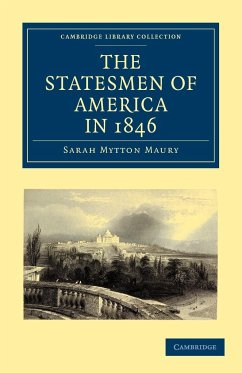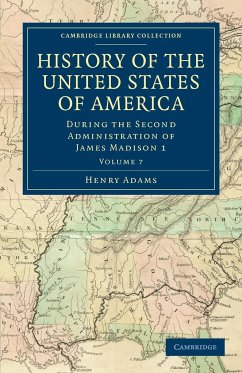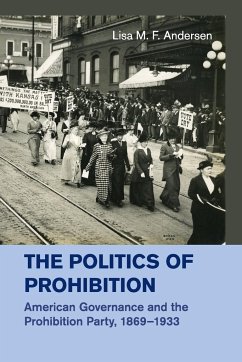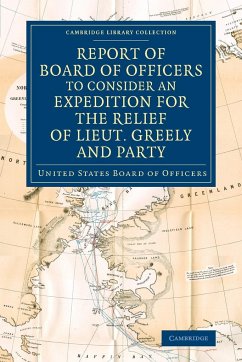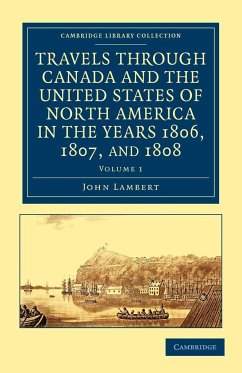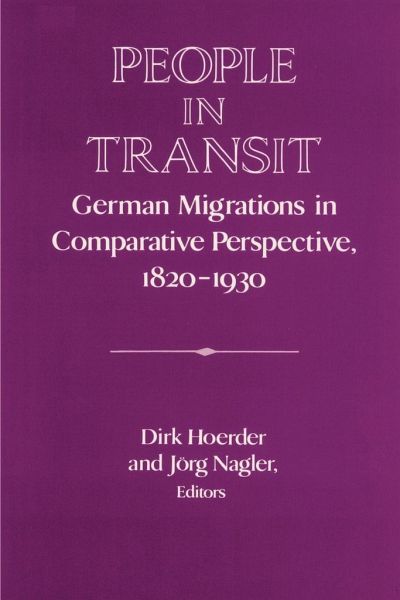
People in Transit
German Migrations in Comparative Perspective, 1820 1930
Herausgeber: Hoerder, Dirk; Lazar, David; Nagler, Jvrg
Versandkostenfrei!
Versandfertig in 1-2 Wochen
46,99 €
inkl. MwSt.

PAYBACK Punkte
23 °P sammeln!
Examines German in-migration, internal migration, and transatlantic emigration from the 1820s to the 1930s.






